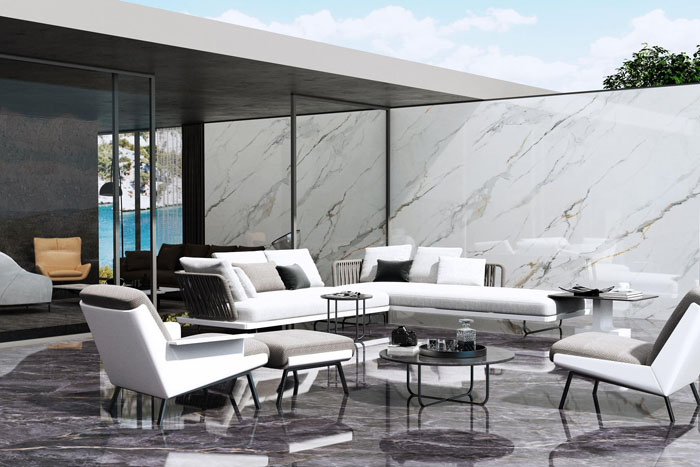Prefabricated precast concrete structures have been widely used and promoted in developed countries such as Europe, America and Japan. Now we are working with the editor of FABULOUS Group to understand the precast concrete facing stone counter-strike technology.

The stone counter-strike process is to pound the facing stone for the exterior wall of the building into the concrete in advance in the factory to form an integrated prefabricated building component (column and beam wall, etc.). The advantages are the precise position of the stone, the regular surface, and the firm attachment. Of course, the most important The overall assembly greatly improves the construction schedule.
The current precast concrete stone counter-strike technology can be said to be a relatively mature technology, but this was not the case in the early stages of development. After a large number of tests such as the expansion rate of the stone, the bonding strength with the concrete, the atmospheric exposure, and the water immersion, a relatively complete stone counter-strike technology is available at this stage.
As the type of concrete facing stone, most of granite is sandstone, marble, limestone and so on. However, no matter what kind of stone, special attention should be paid to avoid those potential cracks, years of weathering, frost damage, and rust-prone stone materials.

The thickness of the stone slab is generally 30mm, but it can also be 25mm, but it is necessary to pay attention to the warpage and deformation of the board when the board is fired, the anchor hole on the back is easy to penetrate or change color, and the stone breaks when the stone is transported.
Let’s talk about the key points below. The backside treatment of stone must be done. There are three purposes: one is to prevent the efflorescence birch phenomenon that occurs when the stone directly contacts the surface of the concrete; the other is to absorb the slight relative change between the stone and the concrete due to the different thermal expansion rates. The third is to prevent the stone from falling when cracks and fractures occur in the part of the stone that is not anchored. (The materials used are resin glue, silica sand and waterproof sealant). After completion, the surface is rinsed with a high-pressure water gun.
When the goods yard is piled up and the construction site is moved in, full attention should be paid to the protection measures to prevent the stone surface from being damaged by bumps.